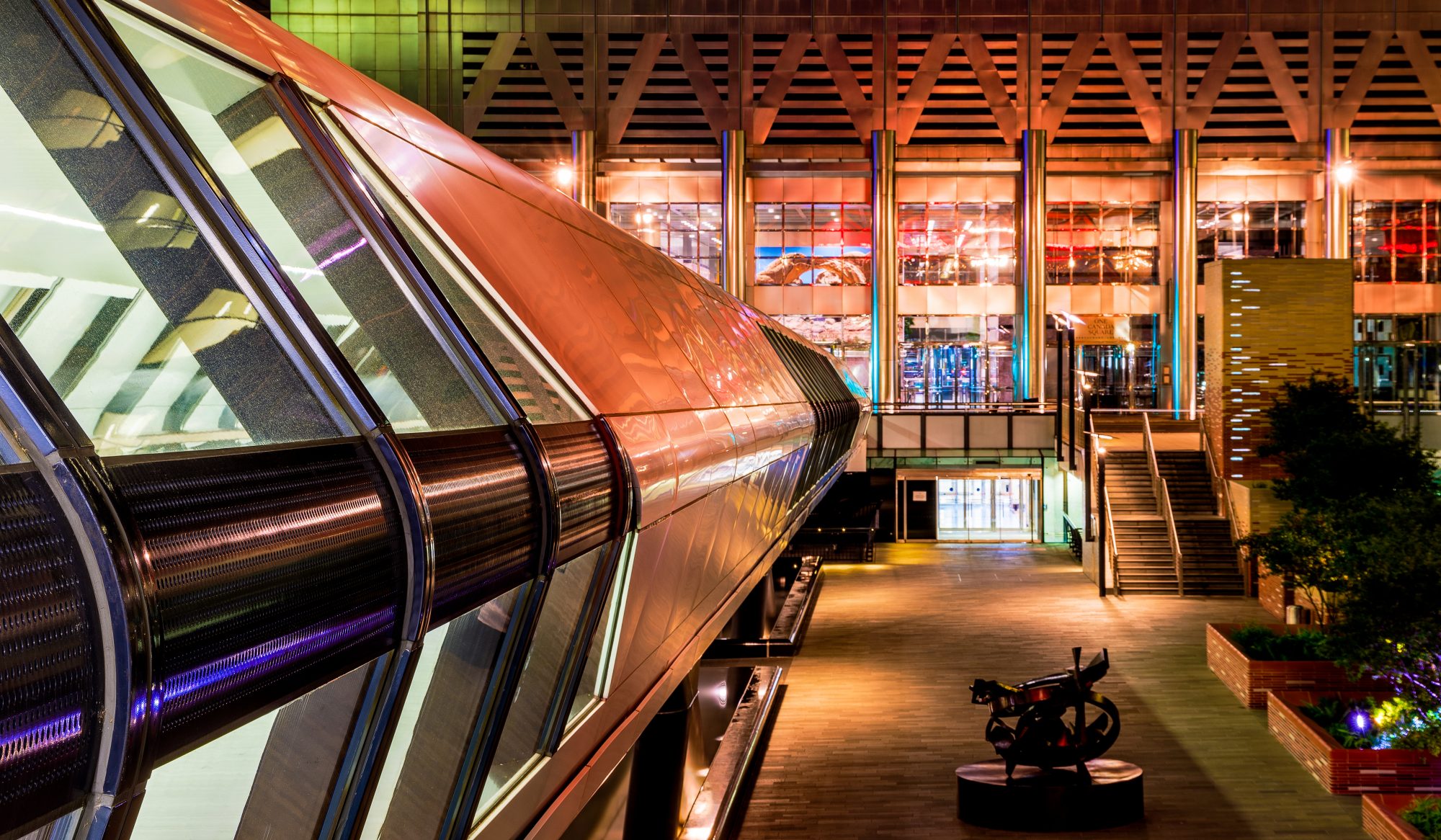Located at Wapping Police Station, the collection offers a glimpse into the lives of those who look after the safety and security of the waterways
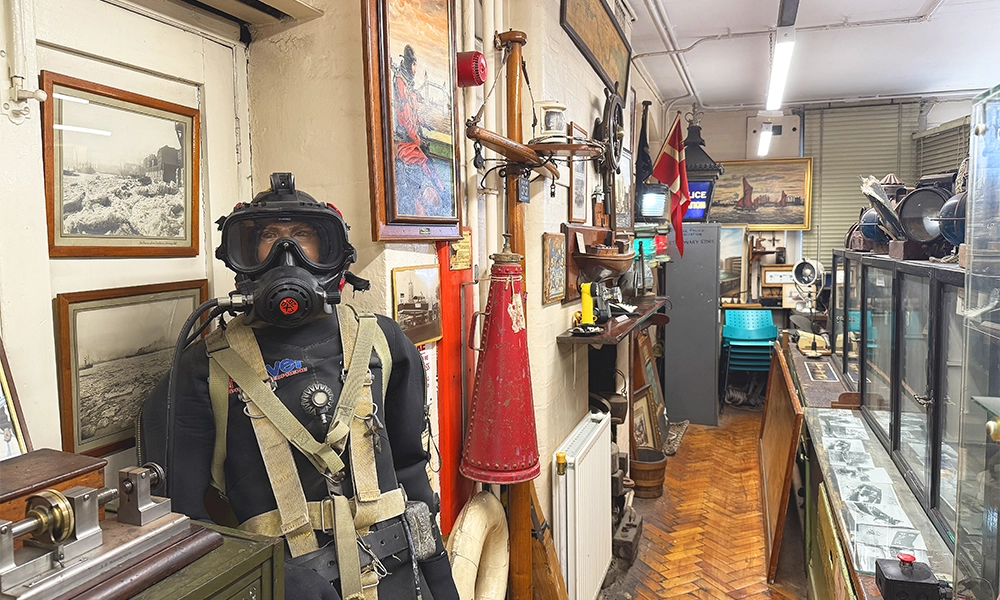
Subscribe to our free Wharf Whispers newsletter here
Gabriel Franks was fatally shot just outside what is today Wapping Police Station.
The murder took place during a riot on October 16, 1798 and, at the age of 22, he became the first serving officer to be killed in the line of duty anywhere in the world.
Today, Gabriel continues to be honoured by the Metropolitan Police’s Marine Policing Unit through the name of one of its fast response vessels.
His is just one of a mountain of stories to be found in the Thames River Police Museum – a room stuffed to bursting point with artefacts, curios, models, weapons, uniforms and documents piled high over the more than 200 years that the world’s oldest police force has looked after the water.
Unfortunately, apart from the odd open day, it’s not an especially easy collection to access because Wapping Police Station is a working building.
The museum’s website still recommends that interested parties send a letter with a stamped, self-addressed envelope so the curator can reply.
Thankfully, there is also an email address to contact.
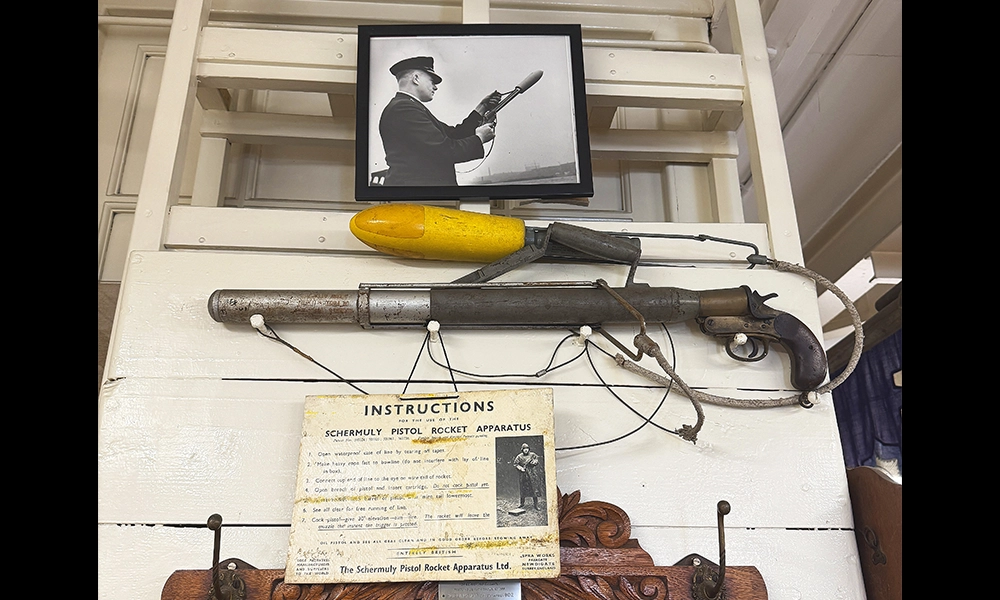
a quick visit to the Thames River Police Museum
Even during a brief visit, however, it’s possible to get a sense of the depth within.
There are oil paintings depicting officers policing the river, a handsome portrait of magistrate Patrick Colquhoun, who was instrumental in the force’s establishment, and innumerable pictures of sports teams competing from its ranks over the years.
There are handcuffs, cutlasses and a rocket-propelled device to fire a rope over the water – not to mention plenty of information about the various craft operated by officers over the years.
But then there are deeply human stories – a newspaper article celebrating Marion Dutton, “the only female diver in the Met’s Marine Policing Unit” from The London Paper in 2007.
There’s a signed portrait of Jack Warner as Sgt Dixon of Dock Green, addressed to the unit’s chief superintendent plus a menu from the Catering Department from a time when a pork sausage would have cost a peckish policeman all of 18p.
Just above is a cartoon with the look of Punch about it poking fun at the river cops as “the senior service” with officers enjoying a snooze in a boat on the Thames.
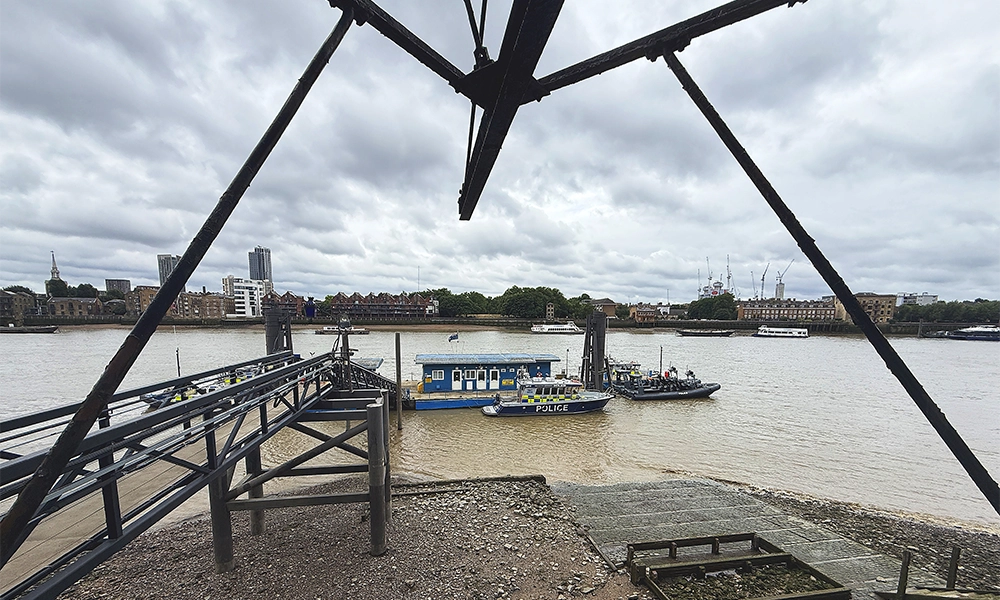
the grim and the mundane
But there’s tragedy here too among the painstakingly crafted models of boats created by former constables.
On the wall there’s a plaque recognising officers’ efforts to save lives in the aftermath of the Marchioness Disaster as they rescued 50 of the 80 survivors after the ship sank with 131 passengers and crew on board following a collision with another vessel.
There’s also a fingerprinting kit with a strip of red tape reminding officers that it’s suitable for helping to identify dead bodies.
The death of Gabriel Franks in the year the force was established is a stark reminder of the challenges and often grim parts of the job.
While Gabriel lost his life due to the unpopularity of the principle that those stealing cargo from ships docked in London should perhaps be stopped, the river has also seen its fair share of violent crime and tragedy.
The museum neither shies away from this, nor sugar-coats it, simply presenting events cheek-by-jowl with the reality of the men and women tasked with looking after the safety and security of those on the water.
Undoubtedly, the museum in its current form is a treasure – there’s something wonderful in its haphazard presentation that reflects the layers of surprising history within.
Walking its narrow pathways between old blue lamps and diving suits is a singular, unpretentious experience.
It is a shame, however, that more people aren’t able to see this stuff.
Perhaps the Museum Of London Docklands should mount a special exhibition if taking charge of the collection on a more permanent basis would be impossible.
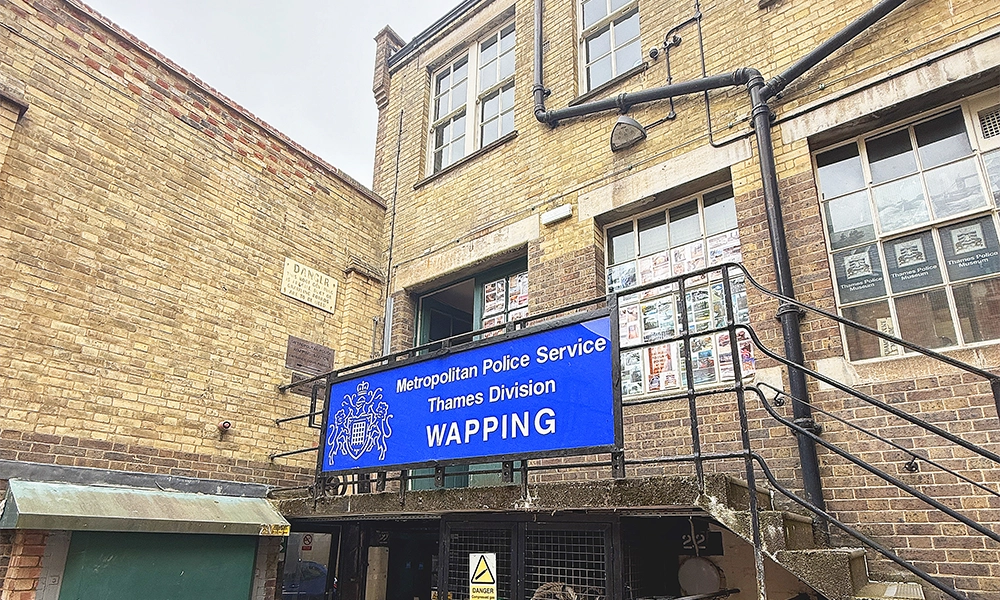
key details: Thames River Police Museum
The Thames River Police Museum is currently only available to view by appointment or on occasional open days such as the annual Wapping Shindig.
Find out more about the museum here
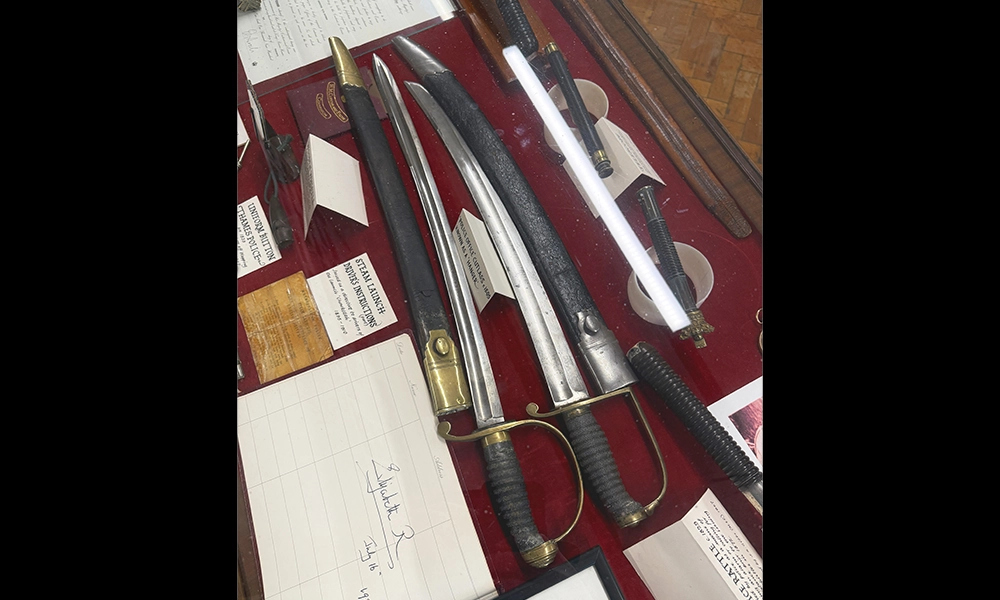
Read more: Malaysian restaurant Ong Lai Kopitiam to open its doors at Harbord Square
